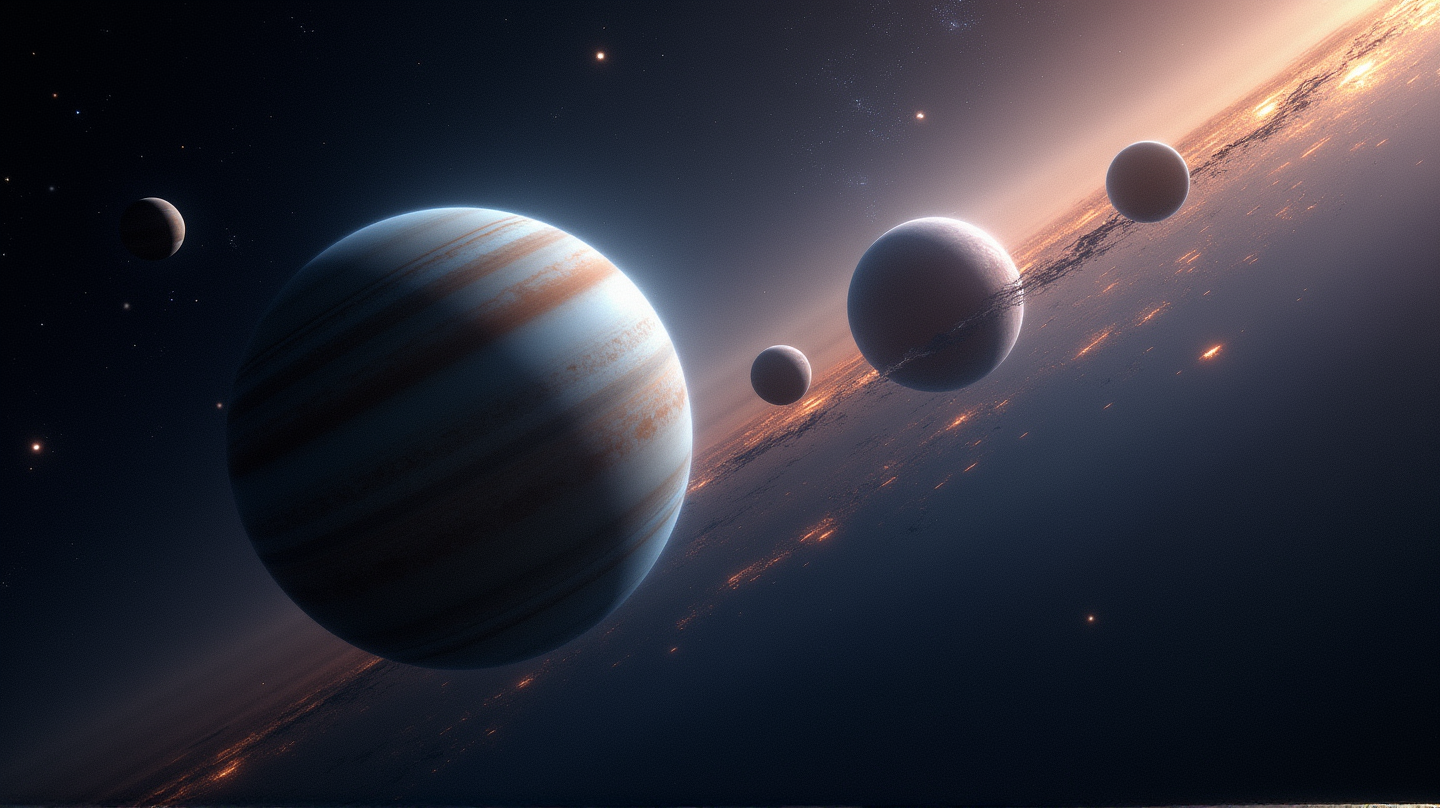Uranus’ Moons Reveal Unexpected Secrets: A Hubble Shocker!
Scientists are baffled by the unexpected findings from Hubble’s recent study of Uranus’ moons, hinting at unknown cosmic phenomena.

Unveiling the Unexpected: Hubble’s Surprising Discoveries
In a dazzling showcase of astronomical prowess, NASA’s Hubble Space Telescope has yet again broadened our understanding of the cosmos. The recent study of Uranus’ moons didn’t just confirm theories—it shattered them, leading scientists down an unexpected avenue of discovery. According to Nanowerk, researchers anticipated that interaction with Uranus’ magnetic field would cause the trailing sides of its moons to appear darker. However, the reality observed was starkly different, with the leading sides dimming instead.
Peering into the Mysterious Magnetosphere of Uranus
The four moons under scrutiny—Ariel, Umbriel, Titania, and Oberon—deliver more questions than answers. These celestial bodies are tidally locked to Uranus, shedding light on a complex interaction between their surfaces and Uranus’ magnetic landscape. Pioneering researcher Richard Cartwright from Johns Hopkins University describes Uranus’ magnetosphere as a ‘weird enigma,’ tipping the scales of planetary physics with its unique 98-degree axis tilt. This tilt intricately affects how these moons interact with the magnetosphere, moving like clockwork in a planet’s surreal rotation dance.
Cosmic ‘Bugs on a Windshield’: A Dusty Revelation
In a metaphorical stroke of fate reminiscent of a highway drive, dusty ends of Uranus’ irregular satellites sprinkle Titania and Oberon’s leading hemispheres, darkening them. This intriguing phenomenon, akin to bugs splattering on a windshield, paints a new perspective on how cosmic dust influences these moons. The analogy suggests Titania and Oberon shield their inner companions from this interplanetary dust storm. Co-investigator Bryan Holler postulates a link with similar mechanisms observed in the Saturn and Jupiter systems.
Hubble’s Unparalleled Ultraviolet Abilities
Thanks to Hubble’s ultraviolet capabilities, findings at the 246th Meeting of the American Astronomical Society in Anchorage brought pivotal insights into Uranian satellite dynamics. The celestial spectacle illuminated by Hubble’s orbiting watchtower stands unparalleled as ground-based telescopes fall short due to Earth’s atmospheric interference. Future studies with the James Webb Space Telescope hold the promise of unraveling these mysteries further, reigniting curiosity about Uranus’s celestial ballet.
Charting Future Explorations: A Continued Cosmic Journey
The revelations from Hubble not only challenge our current understanding but also invite a broader exploration of Uranus’ mystifying moons. As Cartwright proposes, this unexpected twist underlines an untouched intricacy in the magnetosphere-moon interaction. Further investigations may unlock new cosmic secrets, setting the stage for yet more unexpected discoveries.
This unexpected revelation from Hubble enriches our quest to decipher the language of the universe, reminding us that each discovery rekindles the flames of curiosity that propel the human spirit forward. How many more secrets does the cosmos hold for those willing to look beyond what is known?

